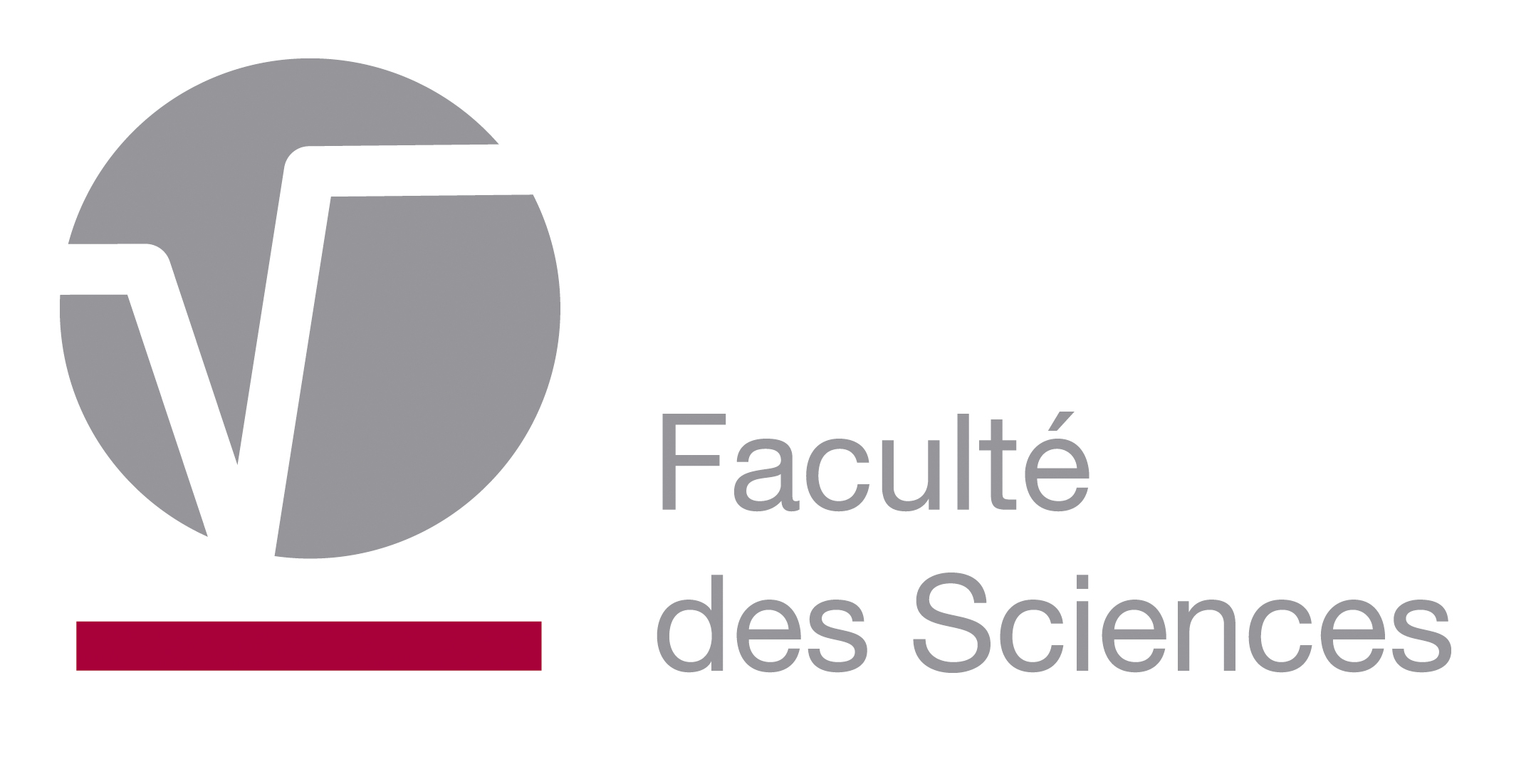 | Study programme 2024-2025 | Français | |
 | Electronique fonctionnelle | ||
Programme component of Master's in Physics (MONS) (day schedule) à la Faculty of Science |
| Code | Type | Head of UE | Department’s contact details | Teacher(s) |
|---|---|---|---|---|
| US-M1-SCPHYS-020-M | Optional UE | DUALIBE Fortunato | F109 - Electronique et Microélectronique |
|
| Language of instruction | Language of assessment | HT(*) | HTPE(*) | HTPS(*) | HR(*) | HD(*) | Credits | Weighting | Term |
|---|---|---|---|---|---|---|---|---|---|
| Français | 21 | 23 | 0 | 0 | 0 | 5 | 5.00 | 1st term |
| AA Code | Teaching Activity (AA) | HT(*) | HTPE(*) | HTPS(*) | HR(*) | HD(*) | Term | Weighting |
|---|---|---|---|---|---|---|---|---|
| I-SEMI-001 | Introduction to Applied Electronics | 21 | 15 | 0 | 0 | 0 | Q1 | |
| S-PHYS-007 | Practical work of functional electronics | 0 | 8 | 0 | 0 | 0 | Q1 |
| Programme component |
|---|
Objectives of Programme's Learning Outcomes
- Master expertise.
- Have developed the knowledge and skills acquired in the previous cycle to a level that extends beyond the Bachelor's course in Physics, and which provides the basis for the development and implementation of original ideas in a professional context.
- Have acquired knowledge and a thorough understanding of specialist areas of physics in connection with mathematics and/or advanced laboratory practices required for these sectors.
- Collaborate and work in a team.
- Have developed practical skills in physics through practical sessions in the laboratory and sessions during which they have worked individually and in groups.
- Grow personally and professionally.
- Have developed the skills that will enable them to continue to acquire knowledge independently.
- Have a creative and rigorous scientific approach
- Gather and interpret relevant scientific data and critically analyse it, distinguising working hypotheses of proven facts.
- Apply their knowledge, understanding and ability to solve problems in new or unfamiliar environments and in multidisciplinary contexts related to physical sciences.
Learning Outcomes of UE
At the end of the course, students have to be able: to understand and exploit the functions of basic electronic components in basic quadripoles: amplifiers, filters and assemblies for various circuits based on operational amplifiers. To analyze and design under practical constraints, quadripole assemblies, to deduce their global function, their practical role and estimate their performance, especially for small chain of measurements. To master the different analog and digital electronic instruments available at the laboratory for measurement of current, voltage, phase shifts and to analyse their basic characteristics, including the calculation of errors. To understand the use of simulation tools for electric circuits and systems.
UE Content: description and pedagogical relevance
Theory-exercises mode course, in face-to-face mode, preferably. In the case of eventual sanitary problems, the course will be switched to distance mode. Students must be present during the first lecture. Contents: introduction to electronics functions and measurement chains. Basic electronic devices: theory and applications, diodes, transistors, amplifiers, filters, function generator, stabilized power supply. Application of measurement chains 1: analog-electronic measurement instruments.Application of measurement chains 2: digital measurement instruments. Sensors. Application of measurment chains 3: measurement of physical parameters. Methods for measuring electrical signals of medium and large amplitudes.
Prior Experience
UE: Fields, signals and systems BA2
Type(s) and mode(s) of Q1 UE assessment
- Written examination - Face-to-face
- Graded assignment(s) - Face-to-face
- Practical exam - Face-to-face
Q1 UE Assessment Comments
-Evaluation of practical work, one per TP (25min): 10%. -Exam of exercises (before session, open book, 3 hours): 50%. -Written examination (closed book,during session, 3hs, questions on the theory, considerations and exercises on any topics of the course that allows us to determine if the student has adquired an overview of the course and if he matters it. We avoid the simple restitution of a topic without a deep understanding. Students will have 30 minutes with open books to prepare their answers ): 40%. NB : In order to avoid any kind of speculation, all points will be revealed after the correction of the written examination during session.
Method of calculating the overall mark for the Q1 UE assessment
Note UE=Note AA
Type(s) and mode(s) of Q1 UE resit assessment (BAB1)
- Written examination - Face-to-face
- Graded assignment(s) - Face-to-face
- Practical exam - Face-to-face
Q1 UE Resit Assessment Comments (BAB1)
Not applicable
Method of calculating the overall mark for the Q1 UE resit assessment
not applicable
Type(s) and mode(s) of Q3 UE assessment
- Written examination - Face-to-face
- Graded assignment(s) - Face-to-face
Q3 UE Assessment Comments
Written exam: questions and reflections on the theory (closed book, 2 hours). Weight: 50%. -Exam of exercises (open book, 2 hours). Weight: 50%. NOTE: Students who have aproved during the first session either the theoretical exam or the exam of exercises, with a grade greater than or equal to 10/20, may be exempted from resubmitting the corresponding exam at the second session.
Method of calculating the overall mark for the Q3 UE assessment
Note UE=Note AA
Type of Teaching Activity/Activities
| AA | Type of Teaching Activity/Activities |
|---|---|
| I-SEMI-001 |
|
| S-PHYS-007 |
|
Mode of delivery
| AA | Mode of delivery |
|---|---|
| I-SEMI-001 |
|
| S-PHYS-007 |
|
Required Learning Resources/Tools
| AA | Required Learning Resources/Tools |
|---|---|
| I-SEMI-001 | Not applicable |
| S-PHYS-007 | Labs' protocols |
Recommended Learning Resources/Tools
| AA | Recommended Learning Resources/Tools |
|---|---|
| I-SEMI-001 | Not applicable |
| S-PHYS-007 | Not applicable |
Other Recommended Reading
| AA | Other Recommended Reading |
|---|---|
| I-SEMI-001 | 1) C. Bouquegneau - 2008 - Physique générale, notes de cours - Mons- FPMs. 2) P. Mégret - 2009 - Cours d'électricité générale - Mons - FPMs. 3) C. Renotte - T. Dutoit - Cours de signaux et systèmes-FPMS-Mons. |
| S-PHYS-007 | Not applicable |